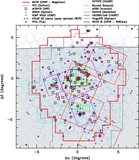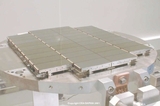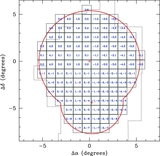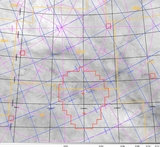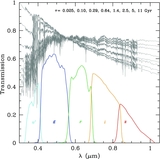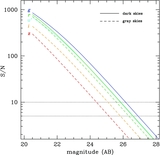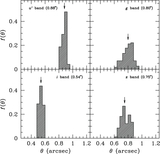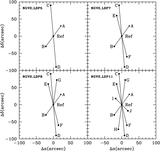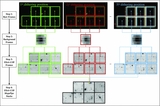Image Details
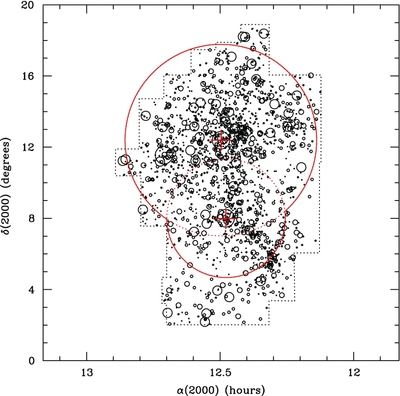
Caption: Figure 1.
Spatial distribution of galaxies from the Virgo Cluster Catalog (VCC; Binggeli et al. 1985) classified as certain or probable cluster members (including galaxies originally classified as non-members in the VCC, but subsequently shown to have a velocity ≲3000 km s −1), for a total of 1762 galaxies. The symbol size scales with the galaxy B-band luminosity. The dotted lines indicate the boundaries of the Binggeli et al. (1985) survey. The red crosses indicate the location of M87 and M49, which are located close to the respective centers of the A and B subclusters (Binggeli et al. 1987, 1993), and the dotted red circles indicate their virial radii (see Section 3 for details). The area surveyed by the NGVS is the region interior to the solid red curves, a total area of 104 deg 2.
Copyright and Terms & Conditions
© 2012. The American Astronomical Society. All rights reserved.


